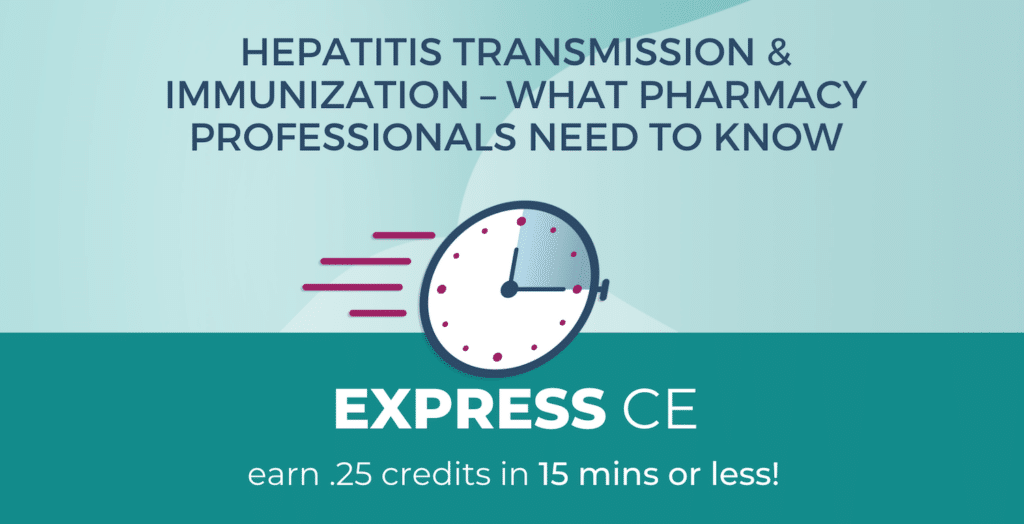I don’t have a great fear of many viruses, but this one scares the living daylights out of me! I can’t think of another virus that can be infective seven days later. The fact that a blood spill can remain infective for 7 days, this virus has earned a great deal of respect from me!
Hippocrates described “epidemic jaundice” in the fifth century BC. “Serum hepatitis” was first reported in 1883 when a bunch of German shipyard workers got their smallpox vaccine that contained human lymph.When I got my license to administer injectables 15 years ago I was required to get immunized against Hepatitis-B, so now I have a healthy respect, but not as much fear
Table of Contents
HEPATITIS-B TREATMENT
Hepatitis (HBV) is a small, double-stranded DNA virus in the family Hepadnaviridae. Hepatitis B is spread when blood, semen, or other bodily fluid infected with the virus enters the body of a person who is not infected. The incubation period of HBV is 60-90 days. People can become infected with the virus during activities such as:
- Birth via neonatal exposure
- Sex with an infected partner through exposure to infected blood and body fluids such as saliva and menstrual, vaginal, and seminal fluids
- Sharing needles, syringes, or other drug-injection equipment
- Sharing items like razors or toothbrushes with an HBV positive person
- Direct contact with the blood or open sores of an HBV positive person
- Exposure to blood from needlesticks or other sharp instruments
Most cases are asymptomatic, however persons with acute HBV may progress to chronic HBV. This is seen in approximately:
- As many as 90% of infants
- 30% to 50% of children between age 1 and 5
- 5% of adults
HEPATITIS-B PREVALENCE FROM 2020 – The numbers are in
- 2,157 new cases of acute hepatitis B reported
- 14,000 estimated acute hepatitis B infections
- 11,635 cases of newly reported chronic hepatitis B
- 5 newly reported cases of chronic hepatitis B per 100,000 people
- 76% of all acute hepatitis B cases were persons aged 30-59 years
Source: https://www.cdc.gov/hepatitis/statistics/2020surveillance/hepatitis-b.htm
How long does the Hepatitis B virus survive outside the body?
- Hepatitis B virus can survive outside the body at least 7 days.During that time, the virus can still cause infection if it enters the body of a person who is not infected.
How should blood spills be cleaned from surfaces to make sure that Hepatitis B virus is gone?
- All blood spills — including those that have already dried — should be cleaned and disinfected with a mixture of bleach and water (one-part household bleach to 10 parts water). Gloves should always be used when cleaning up any blood spills – even dried blood can present a risk to others!
Signs, Symptoms, and Transmission of HBV
- Caused by a DNA virus, it is one of the most common worldwide infections. There are 8 different genotypes (A-H) and 200-300 million chronic carriers worldwide.
- Symptoms: malaise, anorexia, weakness, nausea, jaundice, abdominal pain, headache, and dark urine. Malaise and weakness may last for weeks to months after all other symptoms disappear. Fulminant hepatitis occurs in 1-2% with a mortality rate of up to 60%.
- Complications with chronic infection: chronic hepatitis, cirrhosis, liver failure, hepatocellular carcinoma. About 25% of all carriers develop chronic hepatitis. Risk of becoming a carrier following infection is 6%-50%.
- Incubation period: 7-10 days.
- Transmission: human to human by exposure to bodily fluids by parenteral or mucosal contact, or sexual transmission.
- Perinatal transmission is a significant mode.
- Prevalence in the USA: 800,000 to 1.4 million affected
Now for some Good News!
- Rates of acute Hepatitis B in the United States have declined by approximately 82% since 1990.
Vaccines for Hepatitis-B per ACIP recommendations:
ACIP: The Advisory Committee on Immunization Practices
- Administration of hepatitis B vaccine and hepatitis B immune globulin (HBIG) for infants born to HBV-positive mother within 12 hours of birth, followed by completion of the vaccine series and postvaccination serologic testing
- Universal hepatitis B vaccination within 24 hours of birth, followed by completion of the vaccine series; and
- Vaccination of children and adolescents aged <19 years who have not been vaccinated previously
3-Dose Vaccine Series for Infants (Including the “Birth Dose”)
Since 1991, ALL medically stable infants with a birth weight of at least 2,000 g in the U.S. are recommended to receive the first dose of hepatitis B vaccine within 24 hours of birth. The additional 2 doses are given at 1 month and 6 months of age.
- There are four, 3-dose vaccine brands approved in the U.S.;each dose should be administered Day-0, then one month after first dose; then six months after first dose.
- Recombivax HB (Merck) [FDA approved 1986]
- 5 mL (5 mcg) Pediatric/Adolescent Formulation single-dose vials and prefilled syringes
- 1 mL (10 mcg) Adult Formulation single-dose vials and prefilled syringes
- RECOMBIVAX HB Dialysis Formulation is a sterile suspension as 1 mL (40 mcg) single-dose vials
- Engerix-B (GlaxoSmithKline) [FDA approved-1989]
- Twinrix (GlaxoSmithKline) (Hep-A and HepB)[FDA approved 2001]
- PreHevbrio (VBI Vaccines) [Approved November 2021]
- PreHevbrio is only approved for adults aged 18 and over.
- Study results indicate that PreHevbrio might provide increased antibody protection compared to other three-dose vaccines, and may be a better option for those with well-managed chronic conditions
- Recombivax HB (Merck) [FDA approved 1986]
2-Dose Vaccine Series (Adults >18 Only)
- Heplisav-B (Dynavax) [FDA approved 2017]
- 2-dose vaccine recommended in the U.S. for use in adults aged 18 and older. The vaccine is administered as two doses given one-month apart Seroconversion rate was higher for Heplisav-B (91.6%) than Engerix-B 72.6% for the 60-70-year-old age group.
Hepatitis-B vaccine for workers:
- Employers MUST provide at risk workers Hep-B vaccine within 10 days of job assignment
- Employers must pay for the vaccine
- Must offer opportunity to get the vaccine while on company time, that is to reimburse patient for time going to get vaccine administered
- Exceptions:
- Employee has contraindication
- Employee proves immunity with antibody testing
- Employees have been previously vaccinated
- Employees opting the right to decline vaccine
Hepatitis-B immune globulin (HBIG) (BayHep B & Nabi-HB)
HBIG needs to be given as soon as possible after exposure, otherwise it might not be effective. Post-exposure prophylaxis exposure in the following situations:
- Acute exposure to blood containing HBsAg: needle sticks, mucus membrane contact
- Perinatal exposure of infants to mother with HBsAg positive mothers
- Sexual exposure to an HBsAg-positive person
- Household exposure to people with acute HBV infection
Have a great day on the bench!!
Related Micro CE Articles & News:






